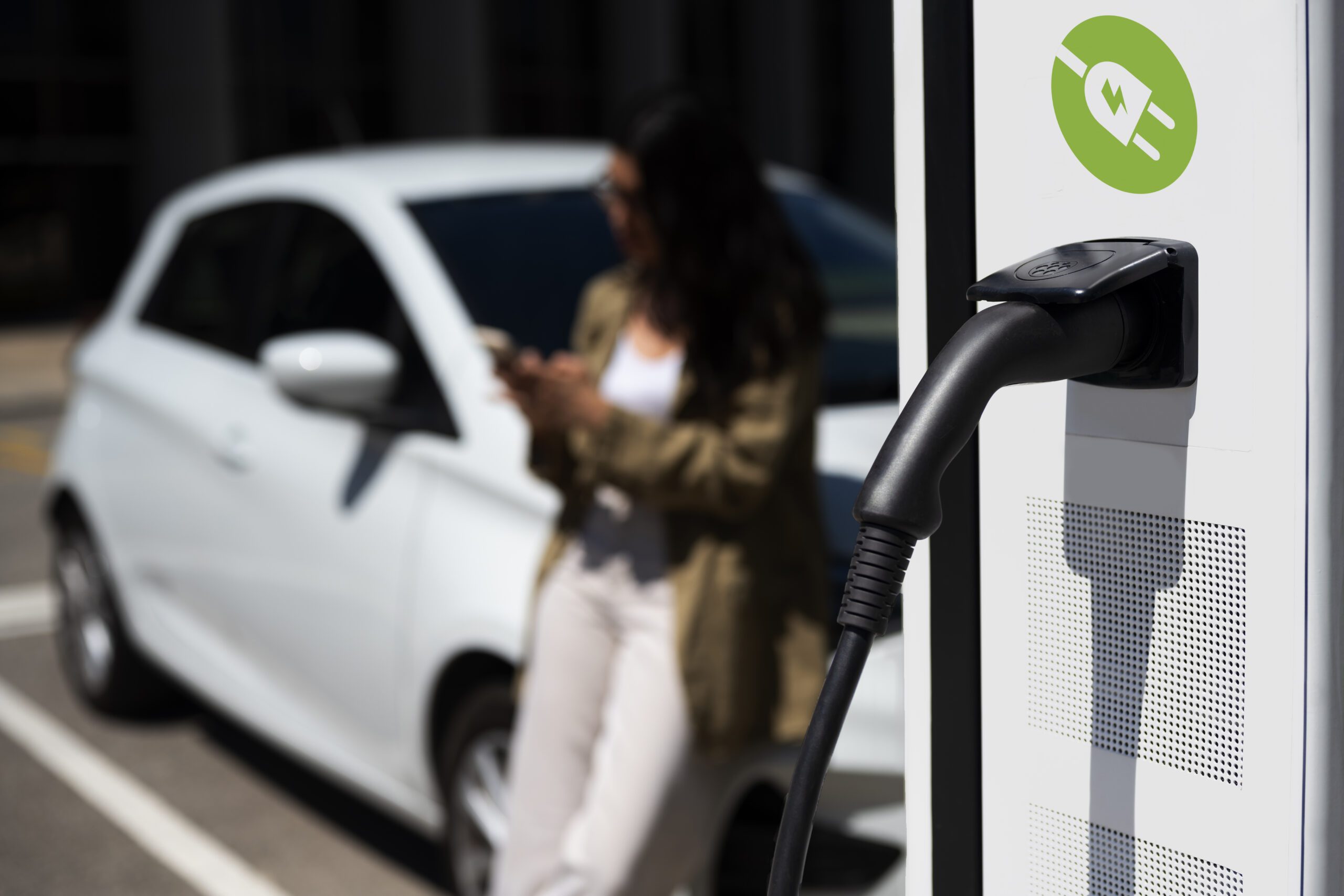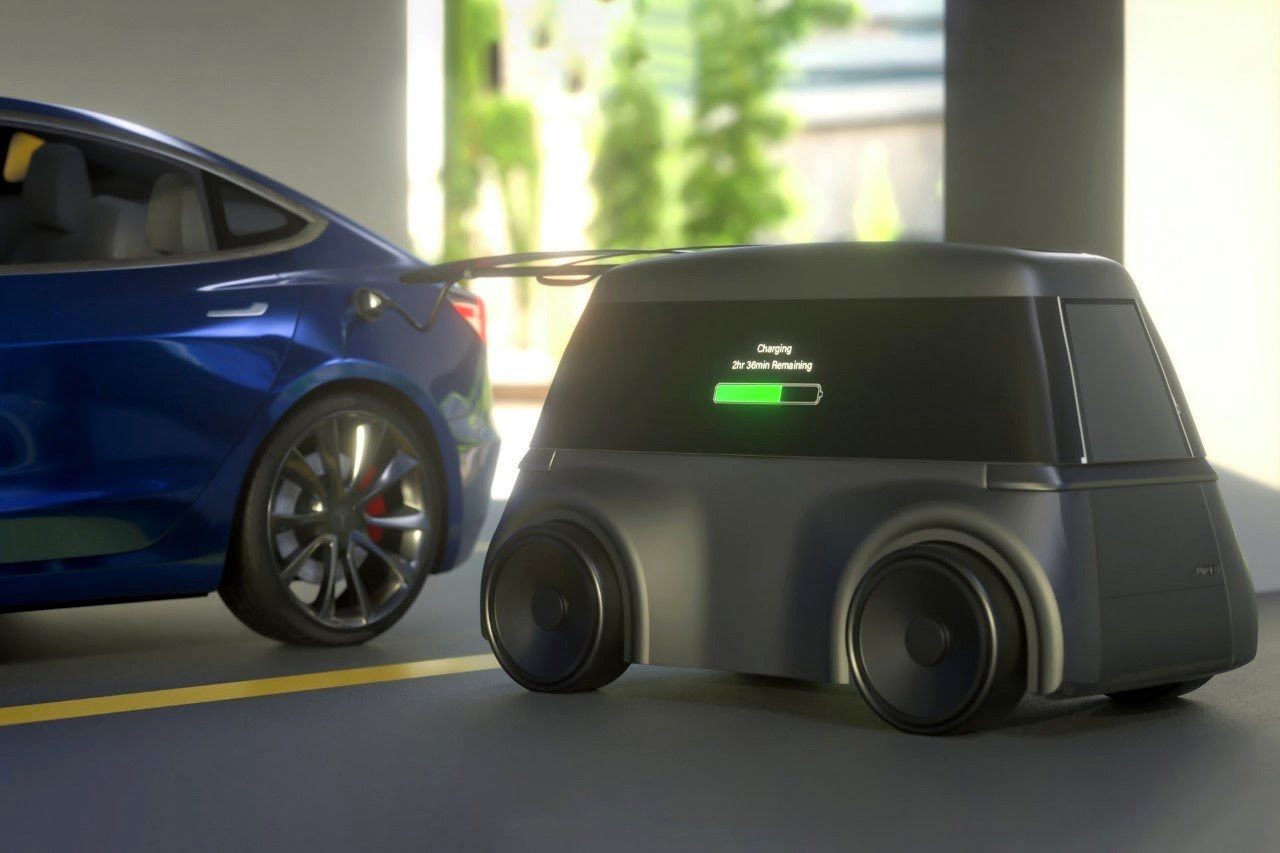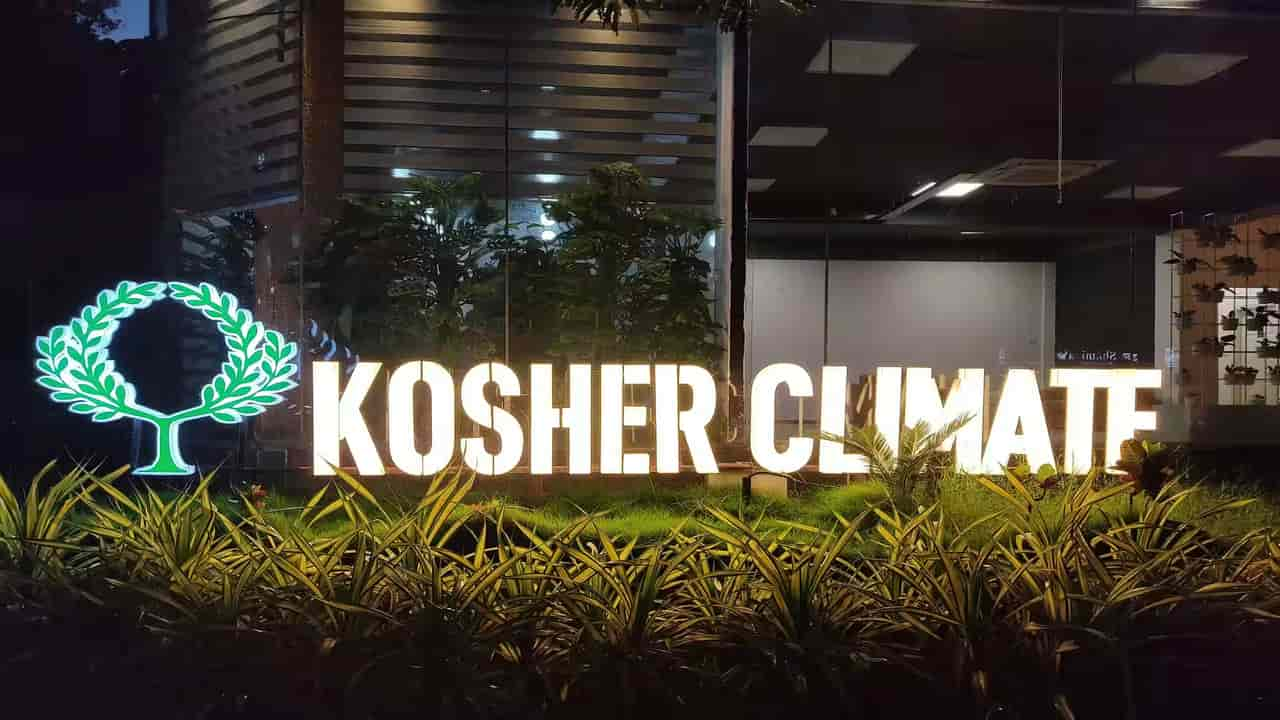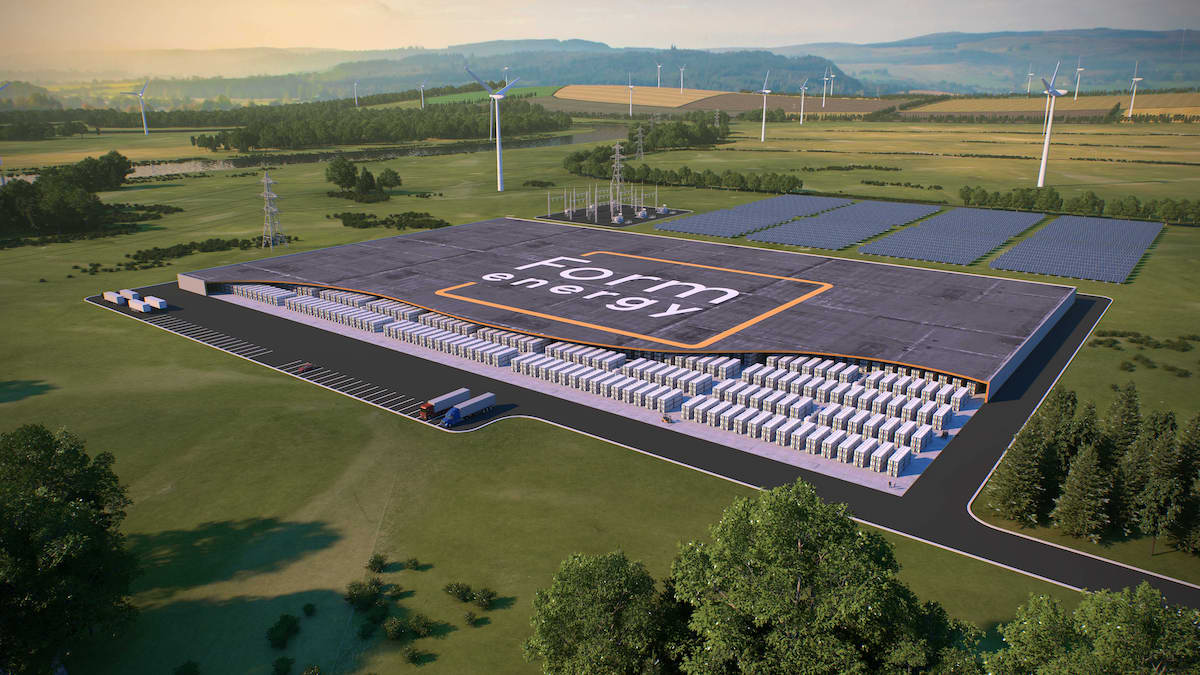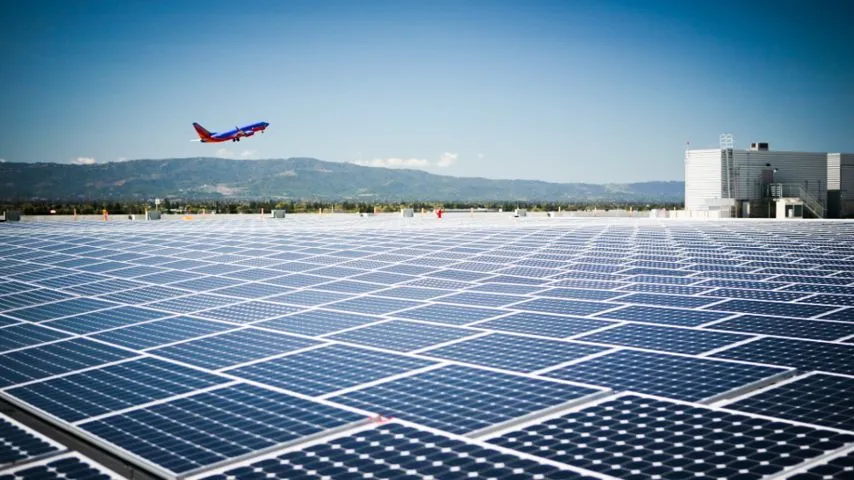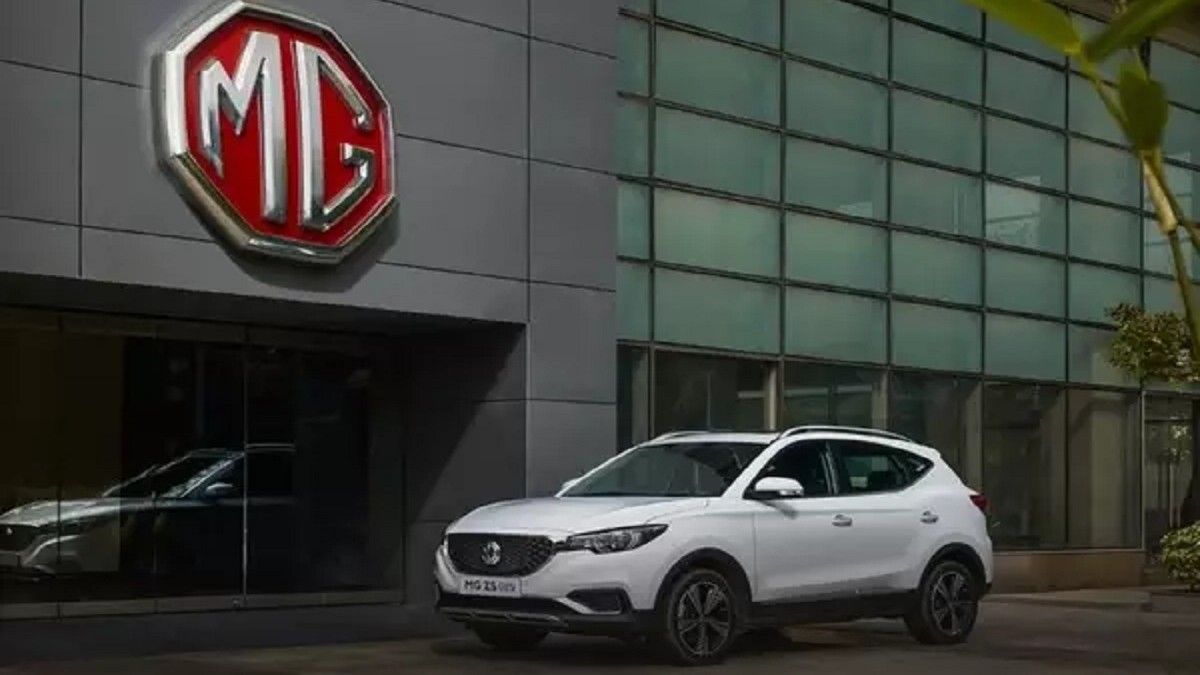Table of Contents
India’s EV market is set to experience a surge in growth over the next few years, and it’s an exciting time for electric mobility enthusiasts. As someone passionate about sustainable transportation, I am thrilled to see India taking bold steps towards promoting clean energy vehicles. With ambitious targets and government initiatives, India is quickly becoming one of the largest untapped EV markets, especially in the two-wheeler segment.
India’s efforts to reduce dependence on fossil fuels and promote green energy vehicles have already started to show results, with the rapid growth of the EV market in recent years. The government’s policies and initiatives such as the Production-Linked Incentive Scheme and the Faster Adoption and Manufacturing of Hybrid and Electric Vehicles in India (FAME) II scheme are paving the way for the widespread adoption of EVs across the country.
In this article, we will explore the predictions and possibilities of India’s EV market in 2026, considering the current trends, growth projections, and government initiatives. We will delve into the infrastructure requirements of the EV market, the potential for growth in the two-wheeler segment, and the impact of government policies on the industry. Join me on this journey as we explore the exciting future of India’s electric mobility sector.
Current State of India’s EV Market
India’s electric vehicle (EV) market is still at a nascent stage but has been growing rapidly in recent years. According to a report by the India Energy Storage Alliance (IESA), EV sales in India rose to 365,920 units in 2018, with the battery market achieving an estimated value of $520 million. The report also projected rapid growth for both markets within the 2019-2026 forecast period.
To support the growth of the EV market, the Indian government has been investing in public EV charging infrastructure. The IESA report forecasts that total charger sales in India will rise from 1,000 units in 2018 to 50,000 units in 2026, with an estimated investment of $520 billion toward public EV charging points.
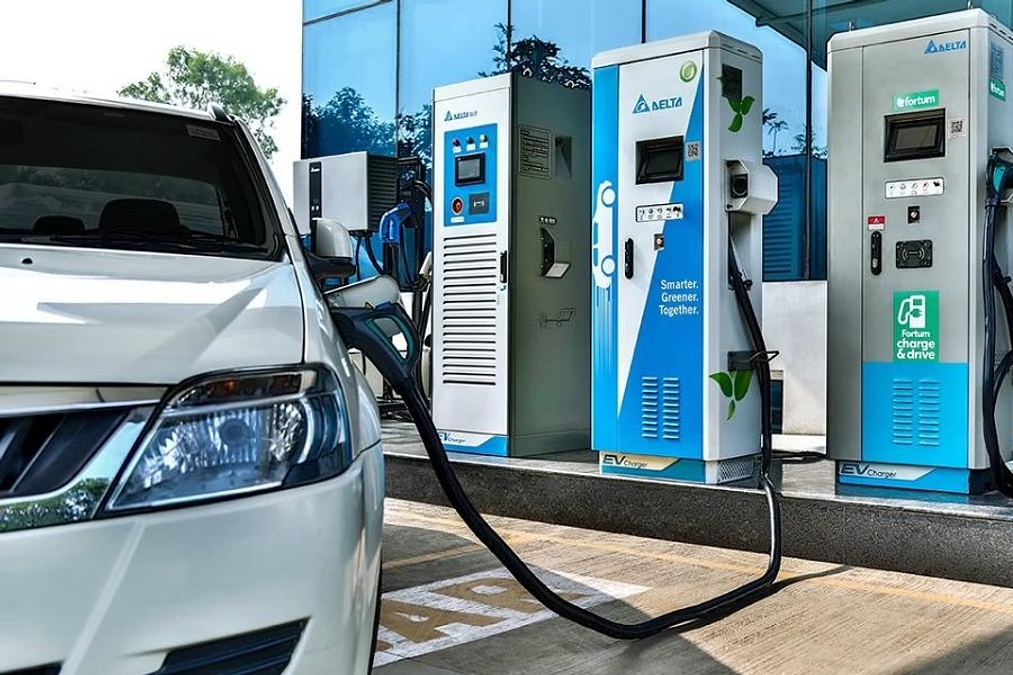
In addition to investment in charging infrastructure, the Indian government has been implementing various initiatives to promote EV adoption. Under the second phase of the Faster Adoption and Manufacturing of Hybrid and Electric Vehicles (FAME) scheme, the government has sanctioned 5,595 electric buses in 64 cities for intracity and intercity operations.
The Ministry of Heavy Industries and Public Enterprises has also encouraged expressions of interest for proposals for the deployment of electric buses in cities with populations larger than 1 million, smart cities, state or union territory capitals, and special category states.
Furthermore, the Indian government has introduced the Production-Linked Incentive (PLI) Scheme for ACC Battery Storage Manufacturing and the PLI Scheme for the automobile and drone industry to incentivize domestic production and reduce dependence on imports. These schemes aim to support the EV industry with the requisite infrastructure and reduce the cost of EVs for consumers.
The potential of India’s EV Market
India offers one of the largest untapped markets for electric vehicles, particularly in the two-wheeler segment. According to a report by the India Energy Storage Alliance, the rapid growth of India’s EV market began in 2018, with EV sales rising to 365,920 units that year. The battery market achieved an estimated value of $520 million, with both markets projected to grow rapidly within the 2019-2026 forecast period.
To support the EV industry and significantly reduce the cost of EVs, the Indian government has introduced various initiatives. In May 2021, the government rolled out a Production-Linked Incentive Scheme (PLI) for ACC Battery Storage Manufacturing, which incentivizes domestic battery production and reduces the dependence on imports.
The PLI Scheme for ACC Battery Storage Manufacturing intends to increase domestic manufacturing capacity and enhance the efficiency of battery storage systems. This will, in turn, support the EV industry with the requisite infrastructure and lower the cost of EVs for consumers.
The scheme for ACC Battery Storage Manufacturing is one of many government initiatives to help develop India’s electric mobility sector as it strives for greater penetration of EVs in public and private sector transportation. The Indian government has also prioritized the shift towards clean mobility, with recent moves to amend the Faster Adoption and Manufacturing of Hybrid and Electric Vehicles in India (FAME) II scheme to make electric two-wheelers more affordable. This shows a positive outlook for the potential of India’s EV market.
Government Incentives for EV Adoption
The Indian government has been taking significant steps to incentivize the adoption of electric vehicles in the country. One such initiative is the Production-Linked Incentive (PLI) Scheme for the automobile and drone industry, which was approved in September 2021. This scheme aims to encourage the production of high-value advanced automotive technology vehicles and products, including green automotive manufacturing.
The PLI Scheme is open to both existing automotive companies and new investors who are not currently in the automobile or auto component manufacturing business. It has two components: the Champion OEM Incentive Scheme and the Component Champion Incentive Scheme.
The government applies the Champion OEM Incentive Scheme to battery electric vehicles and hydrogen fuel cell vehicles of all segments. Additionally, the Component Champion Incentive Scheme applies to advanced automotive technology components of vehicles, including completely knocked down (CKD)/semi knocked down (SKD) kits, vehicle aggregates of 2-wheelers, 3-wheelers, passenger vehicles, commercial vehicles, and tractors.
These incentives will help domestic companies to produce electric vehicles and components at a lower cost and compete with imports. The PLI Scheme is part of the government’s larger plan to make India a manufacturing hub for electric vehicles and associated technology.
Overall, the Indian government’s focus on incentivizing EV adoption and promoting domestic production of electric vehicles and components bodes well for the future of the EV market in India. With favorable policies and increasing demand, the EV industry in India is poised for growth and has the potential to become one of the largest in the world.
Emerging Players in India’s EV Market
India’s electric vehicle (EV) market is poised for significant growth in the coming years, and this is an exciting time for sustainable transportation enthusiasts. With government incentives and support, a growing number of companies are investing in EV technologies, including battery production, charging infrastructure, and vehicle manufacturing.
Battery Producers in India
Leading battery producers like Amara Raja Batteries have picked up on these incentives to invest in green technologies, including lithium-ion batteries. In April 2022, a Bengaluru-based battery startup called Pravaig developed one of the world’s most energy-dense batteries at 54MWh.
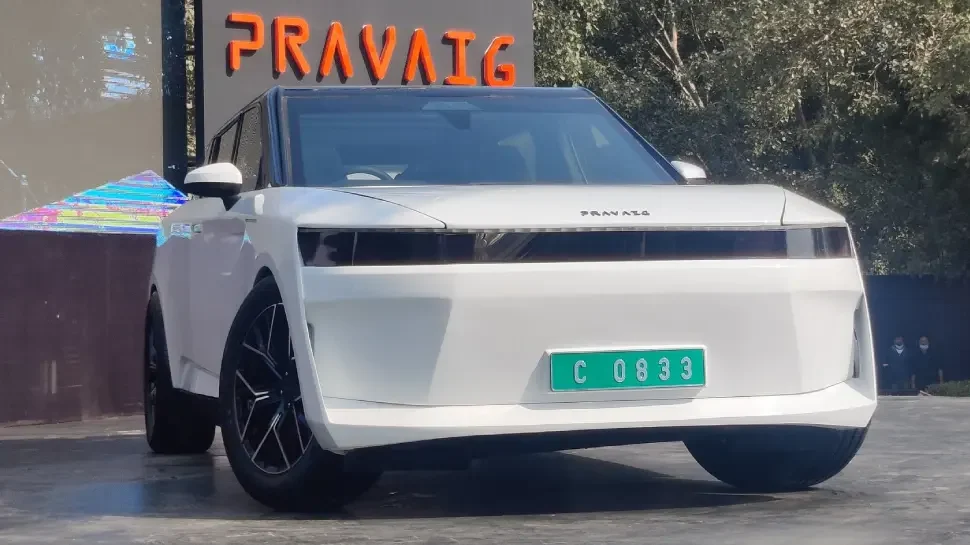
The battery was acquired by a European renewable energy company, Eren Groupe, for its storage applications. This acquisition boosts domestic manufacturing and makes way for more cost-effective EVs, as batteries typically account for 35-40 percent of the total cost.
Growing Market Presence of EV Companies
Many leading industry players in India, such as OLA Electric Mobility Pvt, Ather Energy, and Mahindra Electrics, are rapidly growing their market presence. In February 2021, Ather Energy, India’s first intelligence EV manufacturer, moved its US$86.5 million factory from Bengaluru to Hosur, Tamil Nadu, with an annual production capacity of 0.11 million two-wheelers.
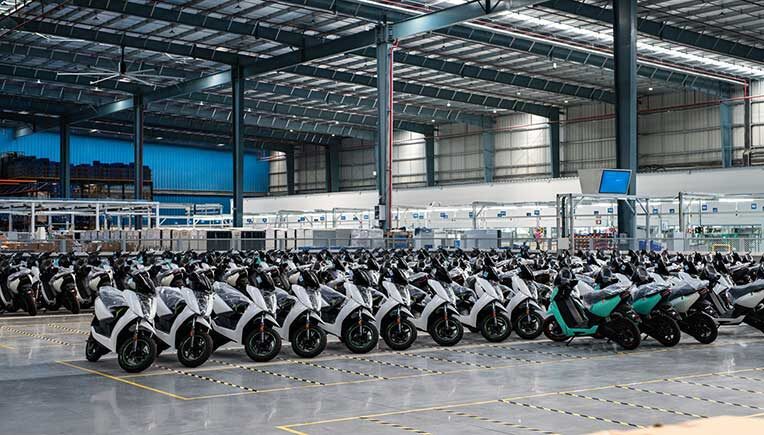
In March 2021, Ola Electric announced that it would be setting up the world’s largest electric scooter plant in Hosur, aiming to produce 2 million units a year.
Tesla’s Entry into India
Recently, Tesla Inc. marked its entry into India by incorporating its subsidiary, Tesla India Motors and Energy Pvt Ltd, in Bengaluru.
Charging Infrastructure in India
There have also been positive developments in the expansion of charging infrastructure across the country. States like Andhra Pradesh, Uttar Pradesh, Bihar, and Telangana are setting impressive targets for the deployment of public charging infrastructure to increase the uptake of electric vehicles in the country. Karnataka was the first state to introduce a comprehensive EV policy and has emerged as a hotspot for EV businesses in India, both in EV and EV ancillary manufacturing as well as R&D segments.
Sales Figures
During the April-September 2022 period, India recorded sales of 277,910 electric two-wheelers, which was a 404 percent increase over the same period last year which saw 55,147 units sold. In H1 FY 2022-23, 18,142 electric cars were sold, registering a 268 percent growth.
| Period | Vehicle Type | Units Sold (H1 FY 2022-23) | Units Sold (H1 FY 2021-22) | Growth (%) |
|---|---|---|---|---|
| April-September 2022 | Electric Two-Wheelers | 277,910 | 55,147 | 404% |
| April-September 2022 | Electric Cars | 18,142 | N/A (specific number not provided) | 268% |
Challenges Ahead
While growth in the EV industry is on an upward trend, it has much ground to cover to be able to realize the government’s ambitious 2030 target. The COVID-19 pandemic not only slowed the industry’s progress but also dampened overall market demand. However, market sentiment has retained positivity in some segments, accelerating in 2022 in the aftermath of escalating oil prices amid the Russia-Ukraine war.
Future Predictions for India’s EV Market
What does the future hold for India’s EV market? Let’s take a look at some predictions and possibilities.
EV and Battery Sales Forecasts
According to a report by Bloomberg New Energy Finance, India is expected to have 50 million EVs on the road by 2030. Additionally, sales of electric two-wheelers in India are projected to reach 2 million by 2025.
The report also predicts that EVs will account for 30% of new car sales in India by 2030 and that the cost of lithium-ion batteries will continue to fall, making EVs more affordable for Indian consumers.
Impact of Government Incentives
The Indian government has been taking several steps to incentivize the EV market, including the FAME II scheme and the PLI Scheme for the automobile and drone industry. These initiatives are expected to have a significant impact on the EV market in India by reducing the cost of EVs and promoting the development of domestic EV manufacturing.
Growth Possibilities and Challenges
While the future of India’s EV market looks promising, there are several challenges that need to be addressed. These include the need for more public charging infrastructure, the development of more affordable and efficient batteries, and the expansion of EV manufacturing in India.
Despite these challenges, the potential for growth in India’s EV market is vast, particularly in the two-wheeler segment. With continued government support and the emergence of innovative EV startups, India has the potential to become a leader in the global EV market.
India’s EV market has come a long way from its nascent stages, with the government prioritizing the shift towards clean mobility and promoting local manufacturing of EVs and batteries. The Production-Linked Incentive Scheme and the government’s investment in public EV charging infrastructure are some examples of these efforts. The untapped two-wheeler segment and the large market size offer tremendous potential for growth in the coming years.
Forecasts suggest a significant increase in EV and battery sales within the forecast period, but challenges such as high costs and lack of charging infrastructure need to be addressed. Nevertheless, the future looks promising for India’s EV market, and with the right policies and investments, India can become a significant player in the global EV market.
Related Posts


